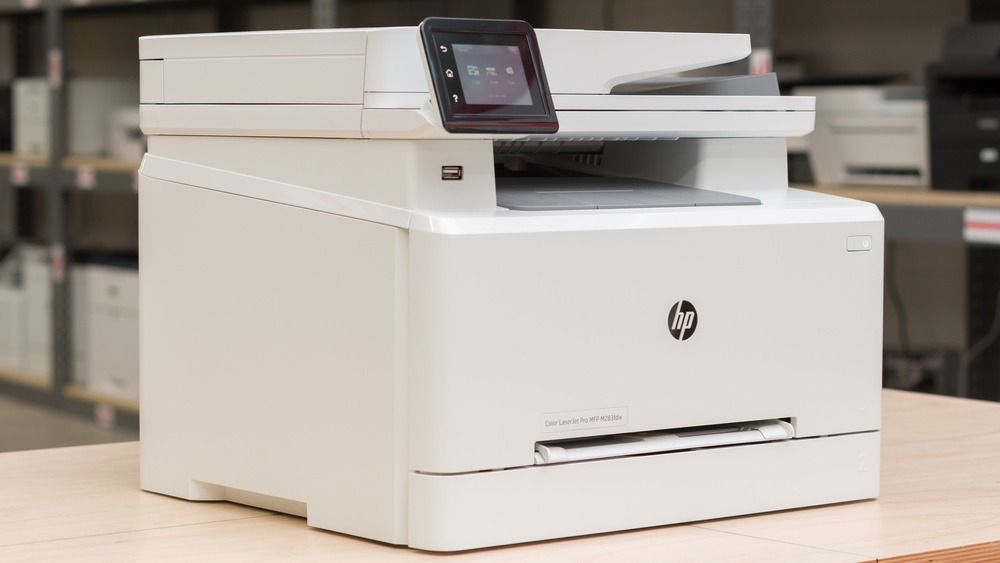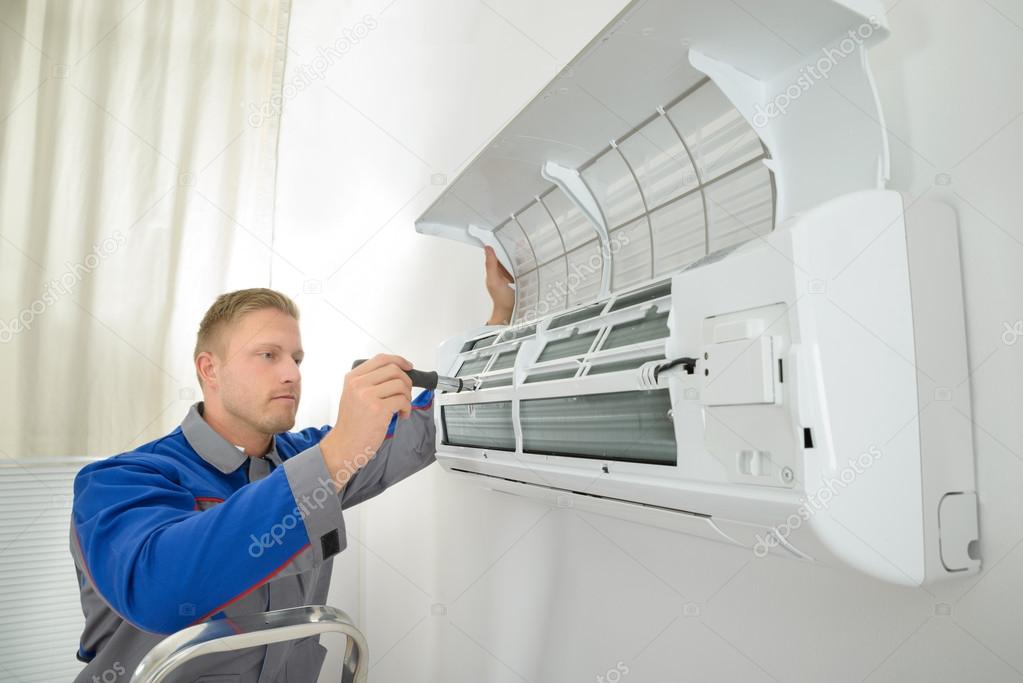Often, water from a city apartment tap or a private home well can only be consumed with preliminary purification. There can be many reasons for contamination, such as rising groundwater, a burst water pipe, and metal or salt impurities.
Using filters for cleaning allows you to normalize the chemical composition of water. Filters and cartridges are produced for home and industrial use, depending on consumption. Do not neglect their operating rules. Periodically, you need to replace the water filter with the help of the RO Service Repair Center. How often depends on the brand and throughput of the cartridge.
The principle of operation of a water filter and types of cartridges
A mechanical filter consists of a plastic housing and a cartridge through which water is filtered. Several filters exist, and they differ in their operating principle, purification volumes, and price.
Main types of filters:
- Jug.
- Flowing.
- Reverse osmosis filter.
Each model has a filter element installed. These elements are usually carbon or foam and can trap large particles and microparticles that are invisible to the eye.
The carbon cartridge is installed in household filters—jugs. Its principle of operation is as follows: water is poured into the lid and passes through the carbon filter. The purification speed is low—from 3 to 10 minutes per liter. It is suitable for filtering a small volume for drinking and cooking.
The water filter in the jugs is changed after cleaning 200-300 liters (depending on the model).
Replaceable cartridges have greater filtering capacity:
- It is made of polypropylene. The frosted material retains particles of sand and metal rust. As contamination increases, the water supply speed decreases. If the pressure in the tap has reduced, the cartridge in the water filter may need to be replaced.
- Polypropylene thread. It does not reduce pressure, which is essential when installing a heating boiler. The primary condition is that the thread must be tightly attached to the plastic inner base.
- Cellulose or “petal”. They have a larger filtration area. They can be regenerated and washed up to 4 times. Suitable for catering establishments, restaurants, and retail outlets with a greater daily need for clean water.
The manufacturer specifies the filtration value in the technical specifications, which are micron numbers. The higher the value, the more particles the filter passes, and the longer it does not get dirty. Conversely, 5-10 microns means the cartridge has “absorbed” up to 95% of impurities and salts.
The optimal purification level for drinking water is considered to be closer to 10. It would help if you were prepared that with such a value, the water filter in the apartment will need to be replaced more often.
Filters without replacing cartridges
In recent years, filters that do not require periodic replacement and the purchase of spare cartridges have begun to appear in stores. This immediately attracted the attention of buyers. Spend money once – and forget about the inconvenience of replaceable filters and consumables.
It works like this:
- The filter is wound with the finest microwave, 40 times thinner than a millimeter.
- It retains metallic particles and alkali and allows clean water to flow into the tap.
- The filter is washed automatically – open the drain valve.
According to the RO service near me, the service life is up to 15 years. The only drawback is that the price of replacing the water filter will now be higher. The device is more expensive than classic filters.
How often are water filters changed in central water purification systems?
The city water supply system is designed for something other than significant cleaning. A city apartment consumer receives maximum water purified from mechanical impurities and disinfected by chlorination.
However, clean water is needed not only for drinking tea and cooking. Using purified water to take a bath, wash clothes, and water flowers is advisable. Hardness and impurities lead to breakdowns of household appliances and constant scale. Even the simplest primary filter will help get rid of them.
It is mounted directly at the cold water supply inlet. The cartridge is selected depending on the type of contamination: carbon – to remove residual chlorine, manganese, and polypropylene – for iron impurities and mechanical microparticles.








